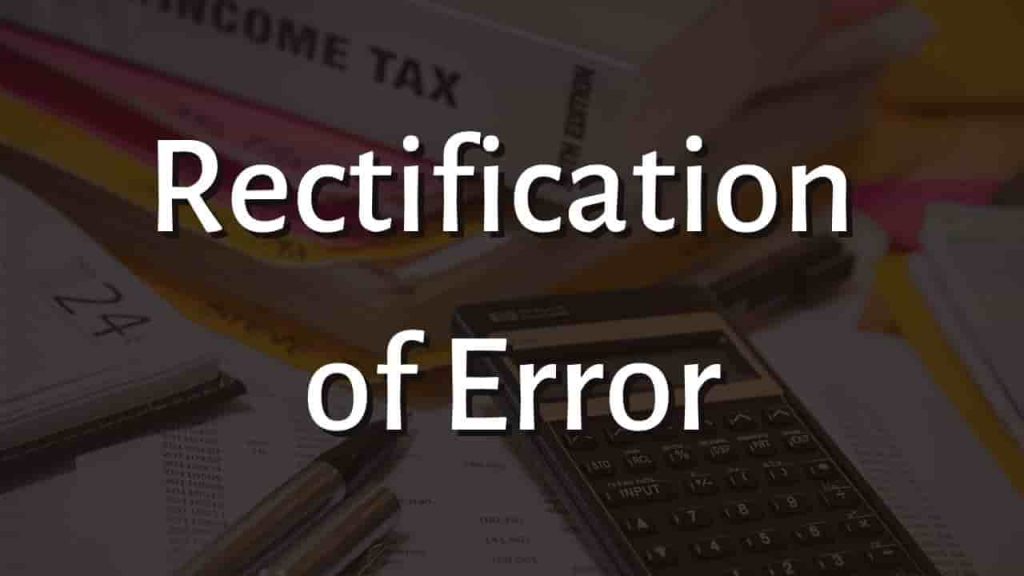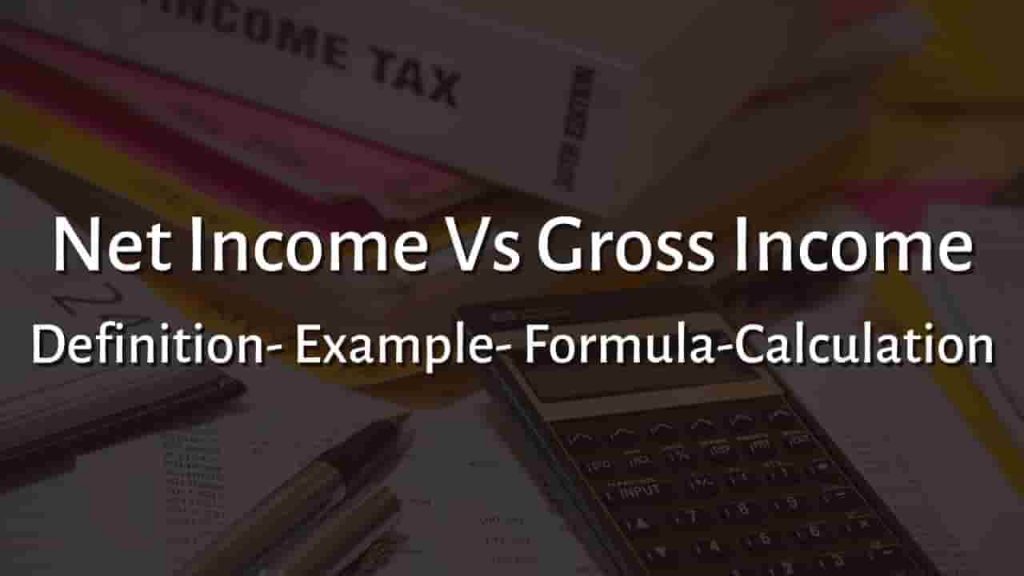Cost of Goods Sold Statement
Separate books are kept in manufacturing concerns to keep a record of every single task done in the manufacturing process in order to determine the cost incurred on the manufacture of items. This record contains information on the entire cost of the manufacturing process as well as the cost of items created per unit. When items are manufactured, they are sold to the company’s clients, and any unsold goods are kept in stock. At the end of the fiscal year, the manufacturing company creates a statement that provides a quick review of the entire process.
This statement indicates the cost of raw materials consumed, labor and other production expenditures, finished items produced, and goods unsold (in stock). This type of statement is known as a ‘cost of goods sold statement.’ Manufacturing companies, in addition to financial accounts, give a cost of goods sold statement.
Cost of Goods Sold Formula:
A basic formula for the cost of goods sold is:
Cost of Goods Sold = Starting inventory + purchases − ending inventory
The following is a standard format for a cost of goods sold statement:
| Raw Material: | O/S Raw Material |
| + Purchases | |
| +Cost incurred on Purchase RM | |
| – C/S Raw Material | |
| Cost of Material Consumed | |
| Conversion Cost: | +Direct Labor Cost |
| +Factory Overheads | |
| Total Factory Cost | |
| Work in Progress | + O/S of WIP |
| – C/S of WIP | |
| Cost of Goods Manufactured | |
| Finished Goods | + O/S of Finished Goods |
| – C/S of Finished Goods | |
| Cost of Goods Sold |
Cost of Material Consumed:
The cost of material consumed is the cost of material used for consumption that has been utilized in the manufacturing process. This category includes raw materials that were left unused from the previous year (opening stock), raw materials acquired in the current year, expenditures paid in getting the purchased materials onto the firm premises, and raw materials that were not utilized in the current year (closing stock).
Overhead Cost:
Overhead costs are the additional expenditures spent in the course of manufacturing goods. Factory utilities, supervisor pay, equipment repairs, and so forth are examples.
Total Factory Cost:
The total factory cost includes the cost of materials utilized as well as labour and overhead. To put it another way, it is the overall cost incurred in manufacturing.
Cost of Goods Manufactured:
The cost of items made is the total factory cost plus the opening stock of work in progress less the closing stock of work in process.
Cost of Goods Sold:
The cost of goods sold is the sum of the cost of goods made plus the opening stock of finished goods less the closing stock of finished goods.
Prime/Basic Cost = Cost of Direct Material Consumption + Cost of Direct Labor
Conversion cost is the cost of converting raw materials into finished items.
Conversion Cost = Labor cost + factory overhead
Cost of Goods sold Statement Example:
By using the following data calculate the Cost of Goods Sold of XYZ Company.
| Stock Level | O/S Rs. | C/S Rs. |
| Raw Material | 100,000 | 85,000 |
| Work in Process | 90,000 | 95,000 |
| Finished Goods | 150,000 | 140,000 |
Purchase of raw material during the period Rs. 200,000.
Paid to labor Rs. 180,000 out of which Rs. 150,000 was used on production.
Other production costs Rs. 50,000.

For more click here and if you are looking for full forms of different acronyms and words then check out this list you really gonna find this helpful. We also have an Essay on every topic, Check the complete list here. If you are Studying in Matric Free Video Lectures of Maths, Physics and English are here, and we have got you covered for I.COM Business Maths also.







